Hunters Hill: plans to disperse flying fox colony from Riverglade Reserve
Ear-piercing screeching, a daily barrage of corrosive excrement and the fear of disease. One neighbourhood has had enough of its local bat colony and plans to move it on.
North Shore
Don't miss out on the headlines from North Shore. Followed categories will be added to My News.
Sydney’s flying fox debate is intensifying with residents in one of the city’s most well to do postcodes demanding urgent action to address a burgeoning colony of bats.
Hunters Hill Council has written to the State Government calling for a camp of protected grey-headed flying-foxes to be dispersed away from homes following an explosion in numbers and rising complaints from local residents.
The camp at Riverglade Reserve along Tarban Creek has grown from 6500 to 10,000 over the last five years and many locals are faced with the daily ordeal of having to clean corrosive bat poo of their cars and homes.
Residents have also reported distress at the excessive noise and odour.
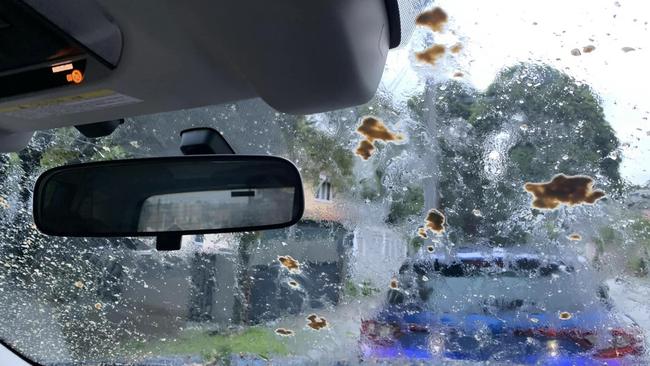
The council has carried out various Stage 1 and 2 actions outlined in a 2018 management plan including tree pruning and odour screening in an attempt to address conflicts with residents, but now wants urgent approval to carry out “last resort” Stage 3 including dispersing the camp away from properties.
The council’s mayor Ros Williams, in a letter to the State Government, said the colony was causing “great distress” to the community.
“Many residents are unable to open their windows, park cars on the streets or let their children play outside before hosing the excessive excrement off their property,” he said.
“We request your assistance to safety fast track the (Stage 3) steps in light of the explosion of numbers.”
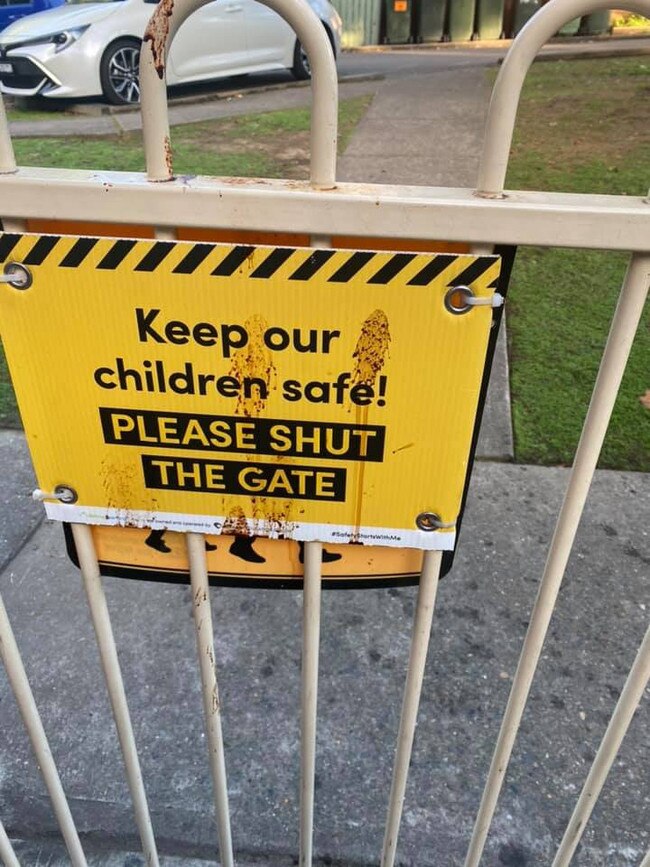
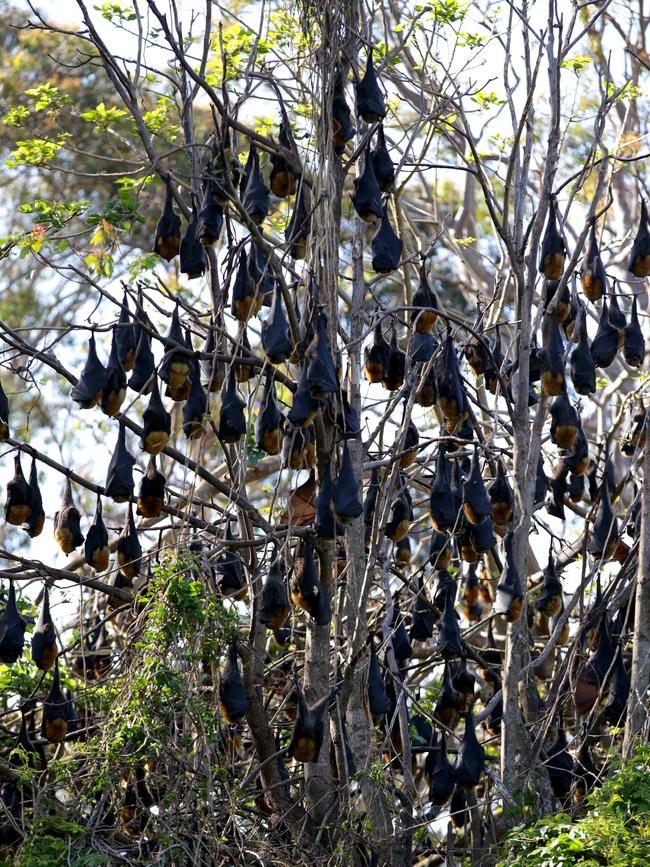
Gary Saunders, who lives 50m from the colony, supported Stage 3 measures and said the “piercing” noise and smell from bats has made living in proximity to the camp “untenable”.
“The noise is continuous from October to May – a lot of it comes from the bats fighting for the limited space in the reserve and you hear them during the day and night – the worst time is early evening and between midnight and 5am,” he said.
“The smell is also atrocious – particularly in wet weather – we even can’t open the windows or doors because of the odour.
“We know they’re protected and no one wants to harm them but Hunters Hill is not the right place for them.”
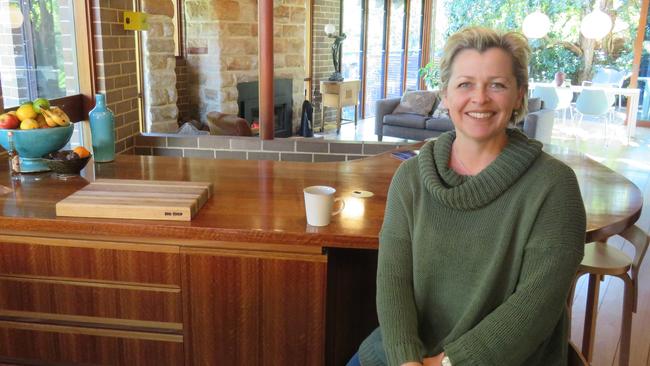
Also living within earshot of the camp is local councillor Elizabeth Krassoi, who likened the high-pitch noise of the bats to the sound of “fingernails scraping down a blackboard”.
Ms Krassoi said the flying-foxes have also had a significant impact on the local landscape.
“I live a good six blocks away from the reserve and I can clearly hear them because of the sheer scale in numbers,” she said.
“Yes, they’re a protected species and a critical pollinator but they’re also having a huge environmental impact.
“They’ve killed a whole hillside of bushland which was a reserve and the camp is directly above a freshwater creek that feeds into the Parramatta River – I can’t imagine what the water quality is like.”
The Office of Environment said Stage 3 dispersal measures can include creating disturbances to deter flying-foxes from landing at camps such as “sound, light and other physical deterrents”.
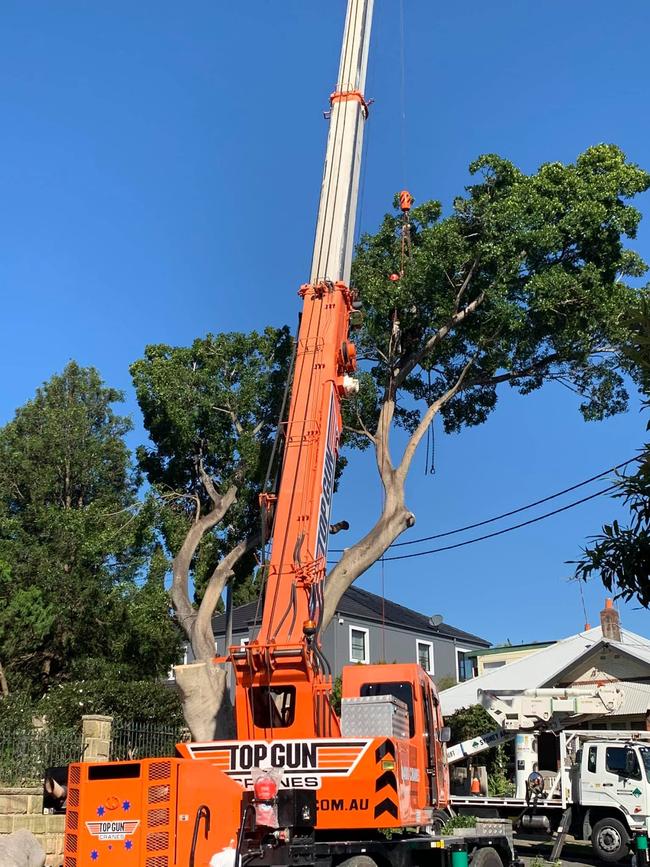
The process, however, faces significant challenges with many previous dispersal attempts in Sydney including at the Botanic Gardens resulting in bats either refusing to budge or setting up a new camp within a 1km radius
A spokesman for the department said it was “working with Hunters Hill Council on the best approach under its camp management plan to alleviate the impacts of the flying-fox camp on the adjacent community.”
“In May 2021, the Department issued a licence to Council to create a buffer so that flying-foxes can continue roosting in the current site whilst being distanced from adjacent residential properties.
“The Department is aware that past dispersal attempts in other locations have frequently resulted in the flying-foxes moving to a nearby location. For this reason, dispersal attempts are only used as a last resort when all other management interventions have been exhausted.”
A council spokeswoman said management of the flying-fox camp “requires a multifaceted approach”.
“Research is being implemented in conjunction with other management actions such as alternative habitat creation and provision of artificial roosting habitat,” she said in a statement.
“The aim is to minimise impacts to the community, while conserving flying-foxes and their habitat.”
The request by Hunters Hill Council comes as Ku-ring-gai Council last week supported a plan to address a bat colony in Gordon including creating an environmental “buffer zone” between bat habitats and properties along with a mental health program to support impacted residents.
Large camps are also found in various other suburbs across Sydney including Balgowlah, Parramatta, Wolli Creek, Emu Plains and Avalon.
Grey-headed flying foxes are considered a keystone species due to their contribution to the health and diversity of vegetational communities and have faced threats including drought, bushfires, food shortages and habitat destruction.





